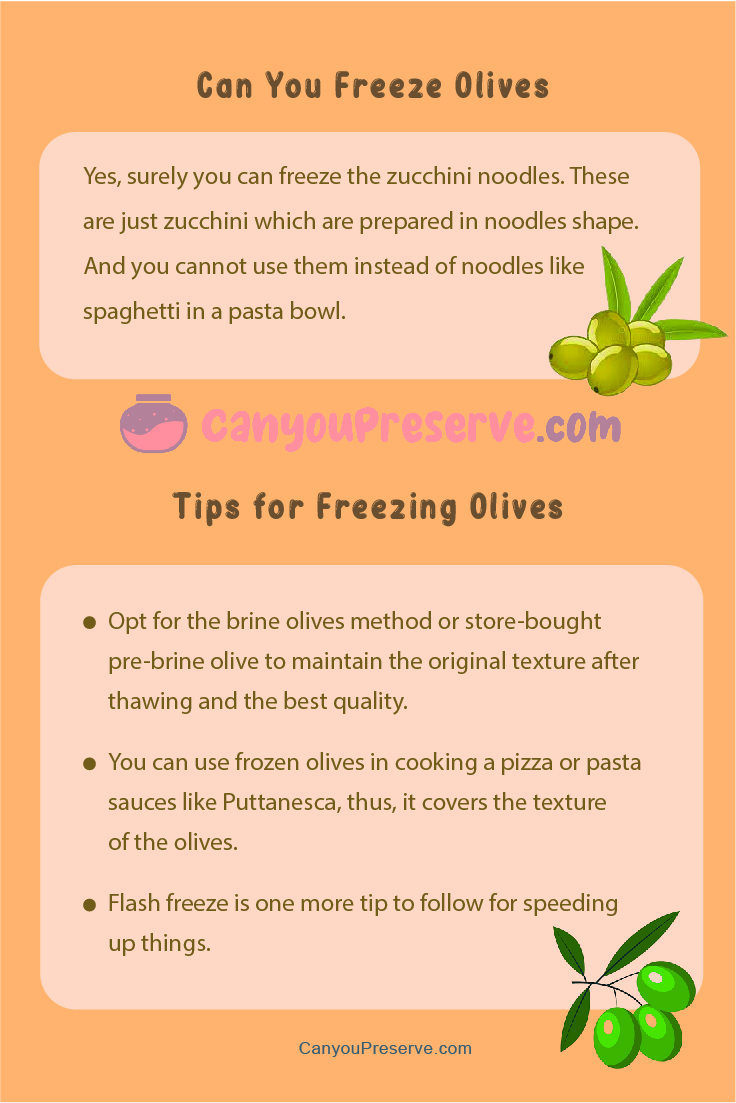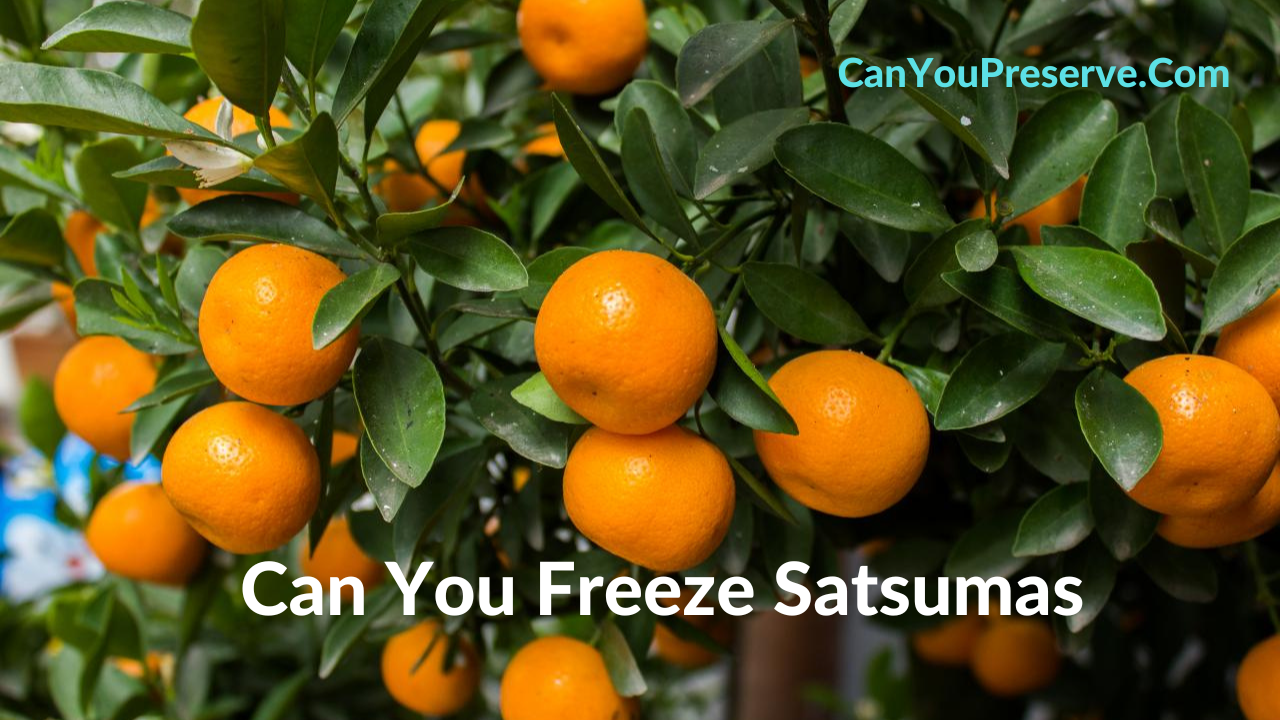Can you freeze Rhubarb Crumble: The traditional rhubarb crumble is a rich dish that is the ideal delight when paired with custard and is a symbol of Britain. While rhubarb is typically only available during the summer, you may find this sour fruit all year long.
This lovely dish is one that we enjoy in the fall and winter. It’s the ideal comfort food option! If you have a surplus of rhubarb and want to make a lot of wonderful rhubarb crumble, you probably want to know if you can freeze the finished product.
The answer is yes, and this recipe freezes nicely, making it ideal to have on hand for when you need a quick treat. Read this article to know whether can you freeze rhubarb crumble or not, how to freeze Rhubarb Crumble, and many more are discussed.
- Can You Freeze Rhubarb Crumble? How Long Rhubarb Crumble Be Frozen?
- How to Freeze Rhubarb Crumble
- Freeze Unbaked Rhubarb Crumble
- Freeze Leftovers or Baked Rhubarb Crumble
- How To Defrost Rhubarb Crumble?
- Can You Refreeze Rhubarb Crumble?
- Does Rhubarb Crumble Freeze Well?
- Can You Freeze Rhubarb Crumble Cake?
- Can You Freeze Rhubarb Crumble Made with Apples?
- Can You Freeze Fresh Rhubarb?

Can You Freeze Rhubarb Crumble? How Long Rhubarb Crumble Be Frozen?
Yes, rhubarb crumble may, in fact, be frozen. Depending on what you intend to do with the rhubarb after it has been frozen, you can either freeze it baked or unbaked. You can defrost and consume your frozen rhubarb crumble within three months of the date that it was frozen.
Within this period it is safe to consume and will likely retain its delightful flavor. This provides a sufficient amount of time to prepare and bake a crumble in advance, as well as to make use of any leftovers that may be present.
How to Freeze Rhubarb Crumble
Your way of freezing the crumble will vary depending on the purpose for which you are freezing it. It can be either frozen as a pre-make crumble to serve at a later date or stored as leftovers. All that is required of you is to carefully follow these directions.
Freeze Unbaked Rhubarb Crumble
This method is more difficult since you have to freeze the crumble in the oven dish or pan that you intend to cook the dessert in. Therefore, before you begin, you need to make sure that the dish can be stored in the freezer.
- To make your rhubarb crumble, prepare the rhubarb as you normally would. Before you put the rhubarb in the freezer, you need to make sure it has been chilled. If you have decided to make your crumble with raw rhubarb, then you do need to exercise a bit more caution than usual. This is done because fruits like these might become damaged when placed in the freezer.
- Put together the rhubarb crumble in the baking dish that you intend to use in the oven.
- Multiple layers of cling film should be used to encase the rhubarb crumble and the serving plate. It would be in everyone’s best interest if you made the dessert as airtight as you possibly could.
- Place the wrapped rhubarb crumble into a big freezer bag, label it with the contents as well as the date, and place it in the freezer.
- After the bag has been hermetically sealed, place it in the freezer.
Freeze Leftovers or Baked Rhubarb Crumble
Even the baked Rhubarb Crumble can be effectively frozen in the freezer. Proceed to freeze them according to the instructions given below for freezing baked or leftover Rhubarb Crumble.
- Get some freezer bags ready by labeling each one with the name and the current date. If you plan on freezing the rhubarb crumble in individual parts, you will need a bag for each individual serving.
- Place a portion of the crumbled rhubarb into each bag using a spoon. If you want to freeze an entire rhubarb crumble, you can put the crumble into a container or bag and freeze it. To successfully complete this stage and maintain the rhubarb and crumble’s distinct identities, you will need to pay close attention.
- Squeeze the bags to remove any excess air and then carefully seal them.
- Put the bags in the freezer, and start the freezing process.
- You can freeze stewed rhubarb even if you don’t feel like putting together an entire crumble.
How To Defrost Rhubarb Crumble?
The rhubarb crumble is simple to defrost once it has been frozen. Before rewarming and baking it, you can take it out of the freezer, place it in the refrigerator, and let it thaw there overnight.
You might even be able to cook the crumble from frozen and then reheat it! It will take a little longer to bake than usual. However, doing so will ensure that the crumble has a crisp texture and tastes just as fantastic as it did when it was first prepared.
Read More:
Can You Refreeze Rhubarb Crumble?
No, Rhubarb Crumble shouldn’t be frozen and thawed multiple times. The procedure of refreezing can be difficult and risky, and it may have an undesirable impact on the material.
When you freeze food, the consistency of the food alters, and the flavor of the food may become less appetizing. Therefore, it is not advisable to refreeze your rhubarb crumble. Although, if you put an unbaked rhubarb crumble in the freezer and then bake it, you won’t have any problems freezing it.
Does Rhubarb Crumble Freeze Well?
It is difficult to say whether or not rhubarb crumble freezes well. The reason being the fruit will become a little bit mushier and that the crumble will become moister. However, if you reheat the crumble in the oven, this should crisp up the crumbly top sufficiently. This way there will not be too much of a difference between a fresh crumble and a frozen crumble. It surely retains its delightful qualities even after being frozen.
FAQs on Can You Freeze Cooked Rhubarb Crumble
1. Can You Freeze Rhubarb Crumble Cake?
Yes, rhubarb crumble cake can be frozen just like any other crumble. You can apply the same procedures described previously. Wrap the cake in cling film before placing it in freezer bags rather than simply placing it in the bags. This will assist in making the cake more airtight overall.
2. Can You Freeze Rhubarb Crumble Made with Apples?
Yes, the apple and rhubarb crumble will freeze incredibly well, just like a plain rhubarb crumble would. The procedure corresponds exactly to the one that is described in this article.
3. Can You Freeze Fresh Rhubarb?
Yes, you can freeze fresh rhubarb. This beautiful, vivid pink vegetable freezes nicely, allowing you to continue enjoying it well into the summer and fall. By following the same guidelines listed above, you can freeze rhubarb while maintaining its delicious flavor and stunningly vibrant color.
Key Upshots
Hope that the knowledge we have shared on can you freeze rhubarb crumble is useful for you. If you find that you have more Rhubarb Crumble than you can use at once, you can always choose to freeze it. To store Rhubarb Crumble in your freezer for use at a later time, all you need to do is follow the instructions given above.
For more interesting articles like freeze pineapple, can you freeze figs, and many more, check out our canyoupreserve.com website.









